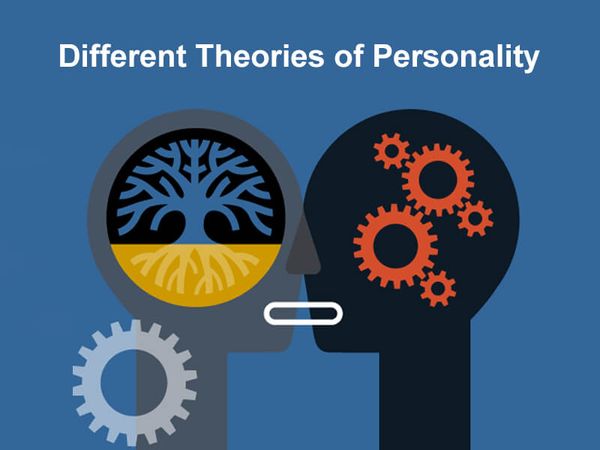
How to Write an Appropriate Running Title for a Research Paper

Every human being is a unique combination of behavioral, attitudinal and emotional response patterns that were assimilated during our lifetimes and from our character and personality.
By now, many personality theories have been developed:
In this essay, we will take a brief look at the psychoanalysis theory developed by Sigmund Freud and learning theory offered by B.F. Skinner. Freud and Skinner have both came up with interesting theories on why people behave in a certain way.
Sigmund Freud’s psychoanalytic theory is composed of 3 main aspects: id, ego, and super ego. These 3 aspects are inherent in all humans beings and influence our multifaceted behaviors. The first element, which is id, is inherent to us from birth. It includes primitive behaviors and instincts and is completely unconscious. Id aims to satisfy the needs and desires instantly, if these needs are not gratified, it results in tensions and anxiety. Nevertheless, instant gratification is unreal, this is why to resolve the anxiety, id creates mental formations of the objects for which it craves in order to meet its needs. The ego (or I) is developed to average the real world and the unreal desires of the primitive id. While id is chaotic, ego works by will and reason. Ego understands the unrealistic desires of id and seeks for adequate ways to gratify it, thus creating a realistic strategy of obtaining pleasure. It has no concept of right or wrong, it just seeks to satisfy itself and id. Superego includes morals and values, and its function is to control the bad impulses of id, such as aggression and passion. Superego also strives to persuade ego to follow moral values and strive for perfection.
As for B.F. Skinner’s learning theory, it is rooted in understanding the reasons behind the performance of certain action. Skinner named this approach – operant conditioning. He also introduced a term – reinforcement. Behavior is reinforced when repeated, or extinguished when it is not reinforced. Reinforcers can be negative or positive, but they both have the power to strengthen the behavior. He proved his theory by means of “box experiments” with animals. They showed that when previous behaviors are rewarded, both animals and human beings tend to repeat them. On the other hand, certain behaviors can be chosen to avoid negative reinforcement. Skinner’s work influenced the upbringing of kids greatly, and today, many parents tend to provide positive reinforcements to motivate their kids to behave in a good way, while negative reinforcement is used only when the positive one doesn’t work. It provides children with proper behavioral guidelines without compromising their dignity.
Both Freud’s and Skinner’s theories have had a great impact on the world of psychology. Their works prepared the ground for further development of psychological science.
0
Preparing Orders
0
Active Writers
0%
Positive Feedback
0
Support Agents